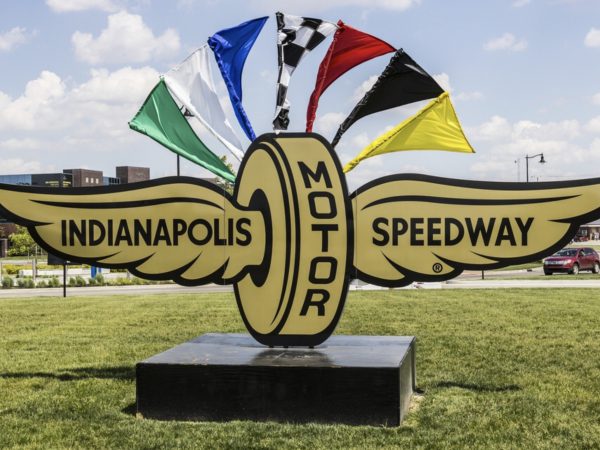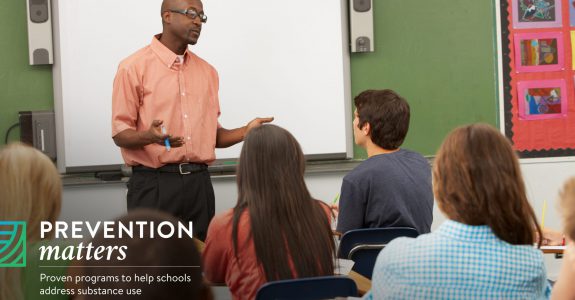Claire Fiddian-Green is the President & CEO of the Richard M. Fairbanks Foundation.
“My most important contribution to the [broadcasting] industry has been the Indianapolis Motor Speedway Network, because it was the biggest thing that ever happened in radio and because more people listened to it – all around the world.” – Dick Fairbanks, interviewed in In the Public Interest*
For many Hoosiers, the month of May means only one thing: it’s race time.
Throughout the month, lifelong Hoosiers and visitors from around the globe come to Indianapolis to celebrate the Greatest Spectacle in Racing – the Indianapolis 500. From the annual 500 Festival Mini-Marathon and the 500 Festival Parade downtown, to the qualifying races and final practice laps at Carb Day, the entire month is filled with activities building up to race day.
This Sunday, May 26th, an estimated 300,000 people are expected to attend the race in person, but millions more are expected to follow along at home on the Indianapolis Motor Speedway Radio Network – thanks in part to our founder, Richard M. “Dick” Fairbanks. Fairbanks, who passed away in 2000, owned and operated Fairbanks Communications, Inc., a privately-held company headquartered in Indianapolis.
Dick Fairbanks was a lifelong fan of the Indy Speedway, once recounting “when I grew up, I became a real fan. I covered the race for the newspaper… I covered one small segment of it, but I was part of the team.”* When Dick had the opportunity to completely reimagine what radio coverage of the race looked like, he jumped at the chance. In 1952, Dick Fairbanks established the Indianapolis Motor Speedway Radio Network as a part of WIBC radio, which he owned through Fairbanks Communications.
His team piloted the very first “flag to flag” coverage of the Indy 500, positioning announcers at multiple points around the track, to give listeners the sense of actually being in the stands. It was a radio engineering feat that allowed the Indianapolis 500 to become a highly anticipated annual event even for those unable to attend the race in person.
The Indianapolis Motor Speedway Network and the coverage of the Indianapolis 500 was just one piece of Dick Fairbanks’ legacy in Indianapolis and across the country. At the Foundation, we are grateful for the opportunity each May to reflect on Mr. Fairbanks’ contributions not just to philanthropy, but to the world of radio and to the ongoing vitality of the city of Indianapolis and its most famous event.
Happy race week, Hoosiers!
*Excerpted from Richard M. Fairbanks: A Life in Broadcasting, written by Wendy Woodruff Ford.



